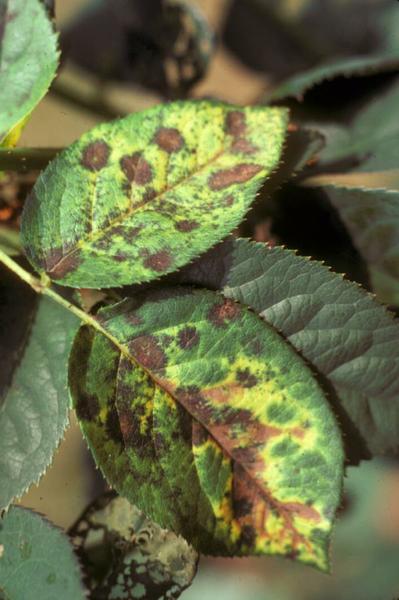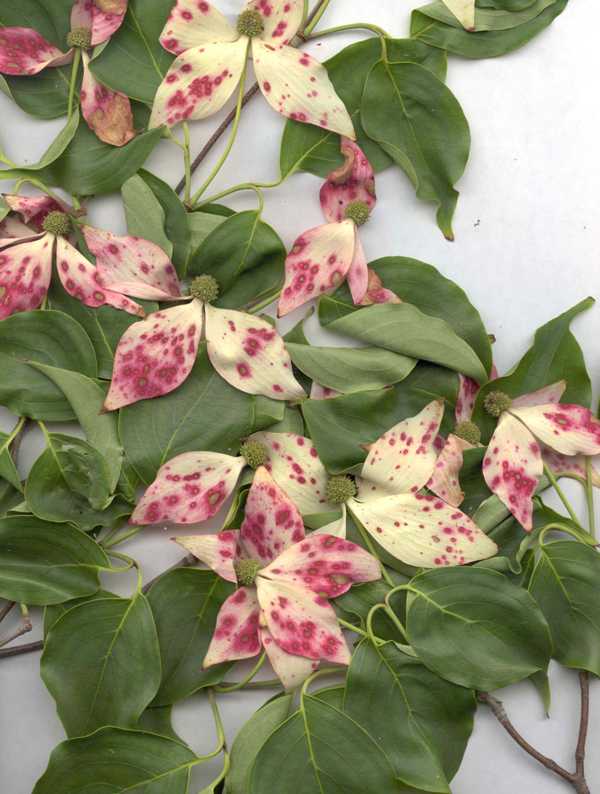
This level of control was not significantly different from control achieved by the fungicide iprodione (74%). jeanselmei, which reduced the number of lesions by 63%. The most effective antagonist was a yeast, E. Biological control by these antagonists, Exophiala jeanselmei, Cryptococcus albidus, an Erwinia sp., and a coryneform bacterium, was demonstrated by applying them to cut roses 1 day before inoculation with a suspension of 1,000 conidia of B. growers include powdery mildew, botrytis blight, downy mildew, crown gall, viruses, and plant parasitic nematodes. Preliminary evaluations identified four microorganisms with the ability to reduce the number of lesions caused by Botrytis cinerea on rose. DOI: 10.1094/PD-71-0799.įungi and bacteria isolated from rose petals were evaluated for their potential as biological control agents of Botrytis blight, a serious disease of greenhouse-grown roses. Copyright 1987 The American Phytopathological Society. Department of Plant Pathology, University of California, Davis 95616. Redmond, Department of Plant Pathology, University of California, Davis 95616. Cover the Botrytis-infected plant material with at least a foot of soil.Biological Control of Botrytis cinerea on Roses with Epiphytic Microorganisms. Therefore, infected plant material may be buried. However, burning is banned in most urban areas. Burning is the desired method of destroying infected tissue. Dead head dying flowers and remove all infected plant tissue.

Sanitation may be helpful, but is not perfect since the disease can blow in from a long distance. There are some fungicides to help prevent or reduce leaf, fruit and stem infections. Especially keep open flowers with many petals dry. Keep plants healthy by avoiding any stresses such as plants staying too wet or too dry, chemical or mechanical injury, and too little or too much fertilizer. Control of this disease is to control the environment. Hot dry weather can shut the disease down. Cool temperatures may slow the disease down but as long as it is moist the disease continues to infect and spread. The wetter the plant is, the more likley the gray mold will show up on plants. The pathogen needs moisture as one of its criteria for infection. Botrytis is active from 32 to about 84 F. Under the right conditions, any disturbance of the air around the spore structures can cause hundreds of thousands of spores to be released. Spores are released with rapidly decreasing or rising humidity levels as well as rain drops hitting the spore structures. Spores spread from infected tissue to non-infected tissue via wind and water. Botrytis does not need to attack living plant material since it can live on dead plant material very well as a saprophytic fungus. On dead plant material, the pathogen can over winter as mycelium (fungal growth). On fleshier leaves such as rhododendrons, concentric rings of different shades of brown may be visible.īotrytis can overwinter on both live and dead plant tissue. Botrytis blight creates devastating losses for ornamental plant and vegetable growers. On leaves that are relatively thin such as redbud, lesions are light brown to brown and irregular. When inner petals or the middle of the petals develop brown lesions first, gray mold is probably the reason. Browning from old age should occur on the outer petals first and along the edges or at the tip of the petals. To help separate browning on petals caused by old age versus botrytis, check the petals closely.

Botrytis is sometimes confused with old age and thrips damage.
ROSE BOTRYTIS BLIGHT EDU FREE
A variety of flower shapes, sizes is needed for spore germination, free moisture on leaves is not needed as it inhibits germination of spores. No other ornamental plant will reward you with numerous blooms, often for long periods of time. Symptoms may vary depending on the plants attacked, plant parts attacked, and growing conditions. Roses are the most popular ornamental plant grown in gardens throughout Tennessee.

This mycelium is grayish in color, hence the name gray mold. When humidity is high a thin to thick web of mycelium develops on diseased tissue. It is an airborne and waterborne disease. Unfortunately, it can quickly spread to healthy parts of the rosemary plant. It thrives in high humidity, cloudy weather, and lack of air exchange. It can cause gummosis, fruit rot and damping off. Botrytis blight is a viral infection that starts with older leaves’ decaying around the rosemary plant’s middle part. This fungus disease can cause twig blights on stems, buds, flowers, fruit and leaves can be confused with other diseases that cause similar damage.

It can also infect through wounds or healthy tissue without going though dead or dying tissue. Botrytis often lives on dead plant material and from there, spread into weakened living plant material.


 0 kommentar(er)
0 kommentar(er)
